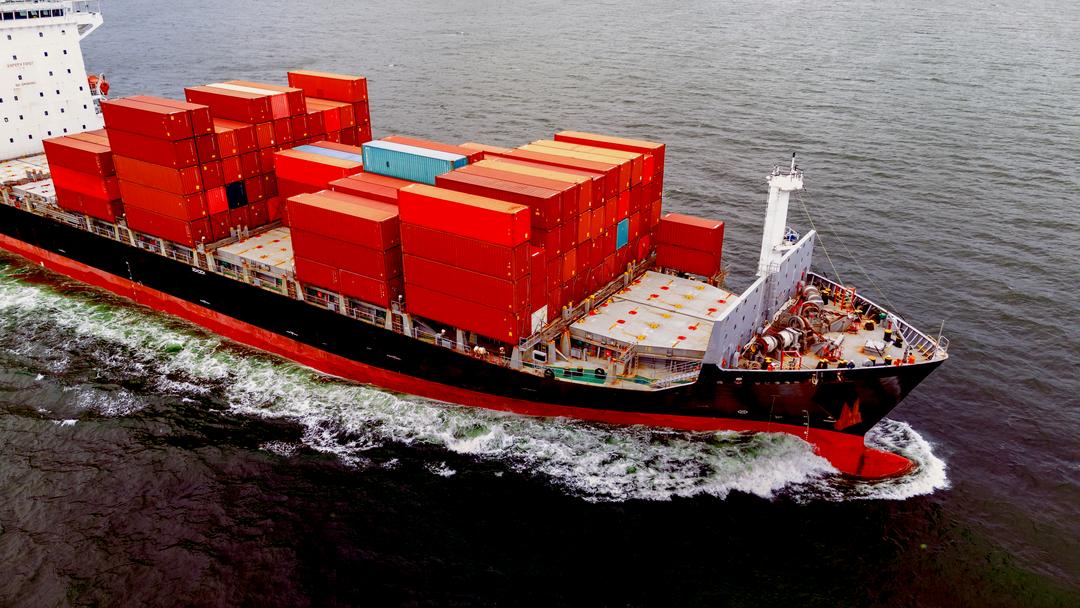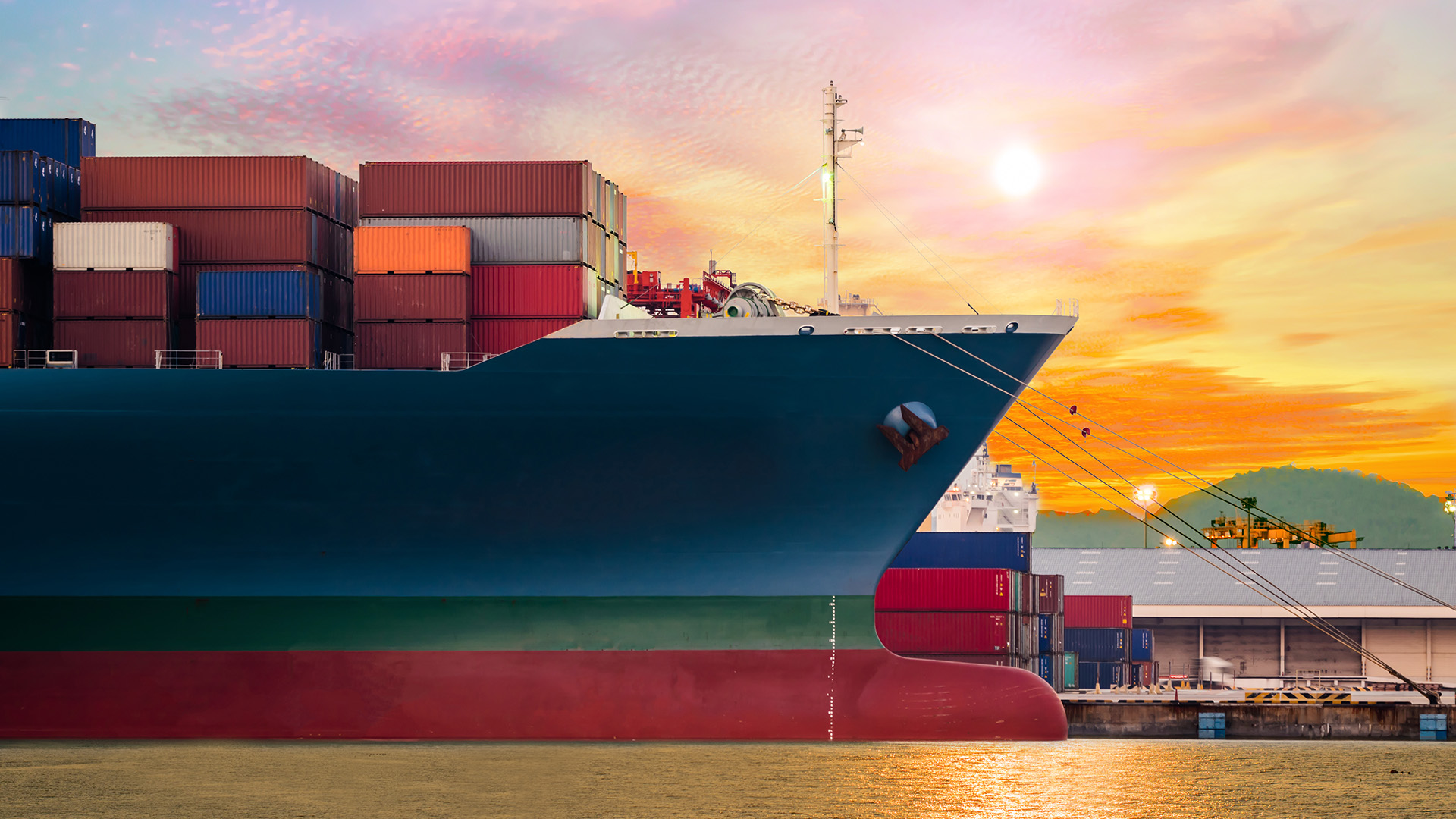Did you know that up to 30 percent of a ship’s fuel use depends on how it’s routed? In the maritime shipping industry, every decision on speed, course, and port call impacts fuel costs and emissions.
Multi objective voyage planning algorithms represent the future of smarter shipping. They balance route optimization, fuel savings, and scheduling while meeting strict regulations and decarbonization goals.
This article outlines how these algorithms work, how to apply them in daily operations, and what the future holds for voyage planning powered by digitalization and automation.
Core components of a multi objective voyage planning algorithm
The foundation of such an algorithm includes:
- Smart optimization engine using machine learning and genetic algorithms to weigh multiple objectives, from cost savings to sustainability.
- Real-time data integration pulling in high-fidelity metocean forecasts, port congestion, and vessel performance analytics.
- Dynamic routing accounting for weather, wave height, wind speed, and operational constraints to keep the vessel on the most efficient course every day.
- Compliance intelligence embedding zone awareness for ECAs and piracy risks, supporting regulatory requirements and corporate ESG goals.
How Does This Algorithm Help Balance Operational Efficiency With Environmental Compliance?
By evaluating thousands of voyage scenarios in real time, the system pinpoints the optimal balance between speed, route length, and fuel efficiency, while ensuring emissions targets and regulatory limits are met. Daily recommendations sent to both onboard crew and shore teams make it easier to adapt as circumstances change, driving consistent fuel savings and keeping fleets within compliance parameters, even as the landscape evolves.
With dynamic route planning and continuous performance benchmarking, companies can respond quickly to shifts in fuel prices and operational costs, while meeting emission reduction commitments. This agility is especially valuable for supporting just-in-time arrivals and tighter shipping schedules, giving both commercial and environmental advantages.
Why Is Digitalization Essential for Unlocking the Full Benefits of Voyage Optimization?
Digitalization strips away the manual complexity of voyage planning. Real-time analytics and predictive modeling allow shipping professionals to make impactful decisions faster, without drowning in data. Smart shipping systems provide continuous decision support, ensuring every voyage aligns with financial targets and decarbonization efforts, instead of relying on static plans or gut instinct.
For example, Danelec’s Voyage Optimization module leverages AI and machine learning to deliver daily route and speed recommendations that elevate efficiency, cut fuel consumption by up to 10 percent, and aid in emissions reduction. This level of actionable insight transforms digitalization initiatives from a buzzword into tangible OPEX and sustainability benefits, empowering operational teams to keep ships running smarter and cleaner, voyage after voyage.
How Can Maritime Teams Apply Multi Objective Voyage Planning to Achieve Measurable Results?
In shipping, applying advanced voyage planning means more than drawing lines on a chart. Today’s teams use digital route optimization methods, underpinned by robust data, to achieve real and lasting value. By aligning voyage decisions with operational performance and regulatory goals, operators can drive fuel efficiency, lower operational costs, and improve their environmental profile, all with every passage.
Applying Advanced Voyage Planning Throughout the Voyage Lifecycle
A practical approach to multi-metric optimization runs through every stage:
Pre-Voyage Decision Making
- Use voyage analytics and performance history to inform speed, routing, and bunker management strategies.
- Integrate data from sensors, weather intelligence providers, and fleet management systems for a unified, accurate picture.
- Factor in bunkering windows, planned port calls, and likely weather disruptions using predictive models.
Real-Time Route Adjustment
- Equip ships with dynamic weather routing and real-time analytics that merge metocean forecasts, vessel performance, and regulatory constraints.
- Empower crews with timely recommendations sent daily to both bridge teams and shore-based operators (a key feature of Danelec’s smart optimization engine).
- Adjust route and speed to handle latest weather, avoid congestion, and maintain continuous compliance with areas such as ECA and CII.
Post-Voyage Analysis
- Leverage end-of-voyage reports to compare planned versus actual results: fuel used, emissions, CII rating, schedule adherence, and commercial impact.
- Benchmark against fleet or industry standards to find improvement areas and guide internal coaching or external negotiations.
Best Practices for Measurable Savings and Reliability
- Data Integration: Connect systems, sensor technology, weather feeds, fuel and engine metrics, into a single analytics backbone. Ensure data is high-fidelity and real time.
- Weather Intelligence: Factor the most current metocean predictions and operational hazards into each plan, optimizing fuel and avoiding delays
- Performance Benchmarking: Routinely track KPIs
- Fuel consumption per nautical mile
- Emissions per voyage
- CII and OPEX relative to benchmarks
- On-time port calls and adherence to voyage scheduling
- Crew Empowerment: Give crews straightforward, actionable insights instead of overwhelming dashboards. Teams perform at their best when they understand why decisions matter and can act without hesitation.
- Continuous Learning: Use post-voyage data and analytics to support ongoing improvement, feeding lessons learned back into pre-voyage planning.
Enabling Real-World Impact
The value of this approach is clear:
- Up to 10% in fuel savings
- As much as 7% shorter transit times supporting reliable just-in-time port calls
- Improved CII and enhanced sustainability
Maritime teams using Danelec’s AI-driven route and speed optimization quickly see positive shifts in operational costs, emissions, and scheduling reliability. By leveraging multi-criteria decision support and integrated analytics, you remove the guesswork and give every voyage a measurable edge.
What are the future opportunities and challenges for multi objective voyage planning in shipping?
The maritime shipping industry is entering a new era where smart voyage optimization will define success. Technologies built on predictive analytics, real-time data, and intelligent routing are rapidly advancing. But with this progress come new challenges, from regulatory compliance to the pressures of achieving ambitious sustainability goals.
Shifting Regulatory Landscape: Meeting IMO 2030/2050 and Beyond
The next wave of regulations, including IMO 2030 and 2050 targets, will reshape how vessels plan and execute voyages. Stricter rules on carbon emissions and reporting mean that route optimization tools must continuously adapt. Shipping companies will need algorithms tuned for constant regulatory updates and enhanced tracking of emissions performance. This includes readiness for requirements tied to CII, EEXI, and FuelEU Maritime.
To stay ahead, solutions like Danelec’s Voyage Optimization module are designed to help operators adjust in real time, ensuring each voyage meets new standards without increasing operational costs.
Artificial Intelligence and Automation: The New Engines of Efficiency
AI and automation are reshaping operational decision-making. As algorithms learn from growing pools of shipping logistics data and vessel performance history, recommendations will become more precise, covering everything from fuel efficiency to just-in-time arrivals and ECA (Emission Control Area) compliance.
Automation streamlines workflows, reducing manual inputs so crews and shore teams can focus on value-adding tasks. By integrating high-fidelity metocean forecasts, wave height, piracy zones, and UKC (Under Keel Clearance), optimization engines can dynamically reroute ships for safety, cost, and emission reductions.
Predictive analytics will further empower maritime teams to anticipate market shifts and environmental variables before they impact efficiency or compliance.
Alternative Fuels and Digital Twins: Enabling Zero-Emission Shipping
As the industry turns to alternative fuels, like LNG, biofuels, and even ammonia, multi-criteria route planning engines must incorporate new data sets and model vessel-specific behaviors for different fuel types. Digital twins will become central to this effort, enabling real-time simulation and predictive maintenance as part of daily operations. With these technologies, fleet operators can test different strategies virtually, reducing risk while guiding investments in clean technology.
Alignment with sustainability goals and zero-emission ambitions will require that voyage planning tools deliver insights on the ecological and commercial impact of each decision.
Industry Collaboration and the Role of Data Sharing
Success in the next decade will depend on openness and industry collaboration. Stronger data sharing between owners, charterers, ports, and tech partners will be essential for reliable voyage scheduling and performance benchmarking. This collaboration fuels collective problem-solving and raises the standard for sustainability reporting and efficiency gains across global fleets.
How Shipping Companies Can Prepare Now
- Invest in scalable digital platforms capable of adapting to the fast-changing regulatory and fuel landscape.
- Enable real-time collaboration by selecting solutions that deliver actionable recommendations to both onboard crew and shore offices (Danelec’s dual delivery supports this, connecting daily decisions across the entire operation).
- Develop in-house skills in automation, predictive analytics, and voyage scheduling, ensuring teams can interpret advanced reports and act on insights for continuous improvement.
- Set clear, transparent sustainability goals linked to regulatory compliance, and make them visible at every level, from bridge to boardroom.
By acting now, shipping companies can turn challenges into opportunities and remain at the forefront as the industry moves toward zero-emission shipping and smarter operations, balancing cost, compliance, and climate leadership at every voyage.
Conclusion
Looking back on the role of multi objective voyage planning algorithms, their ability to balance route optimization, fuel savings, emissions reduction, and schedule reliability fundamentally reshapes maritime shipping. These algorithms turn complex data into clear decision support, helping fleets navigate rising fuel costs, stricter regulations, and demanding sustainability goals all at once.
The real power lies in their integration with digital systems and real-time analytics, unlocking efficiencies that were once out of reach. When applied thoughtfully, across everything from weather routing to bunker management, they offer measurable improvements in operational performance and environmental impact.
But this is just the beginning. As alternative fuels become more common, automation grows, and predictive tools evolve, voyage planning algorithms will only become smarter and more essential. Preparing now means embracing data integration and fostering a culture that values adaptability and insight.
In the end, voyage planning is not just about moving cargo from point A to B. It’s about navigating complexity with intelligence and care. I invite you to consider: How will you leverage these evolving tools to shape a more efficient, sustainable future for your fleet?




